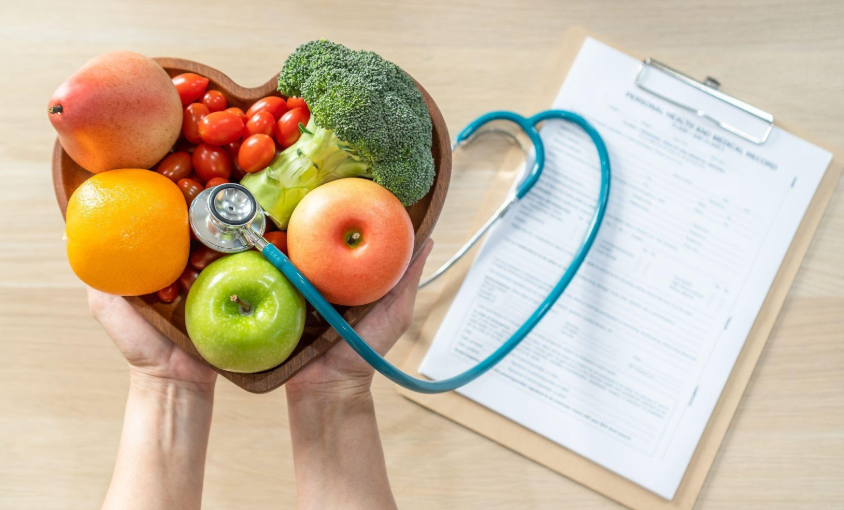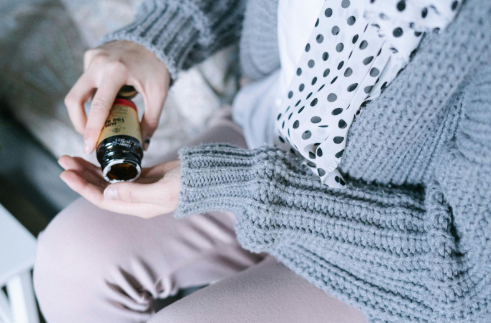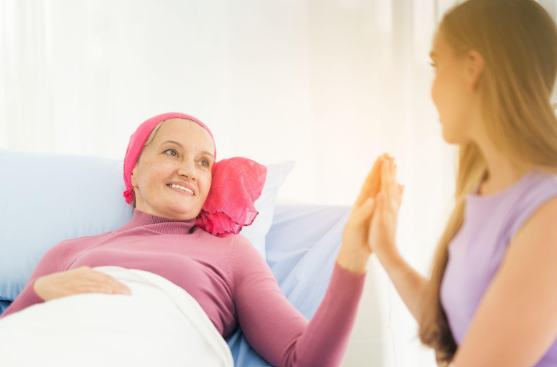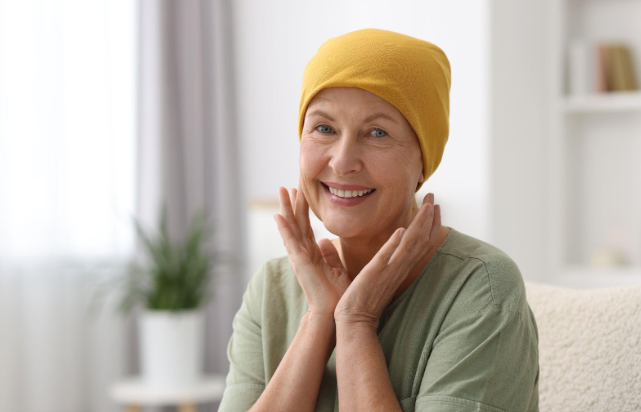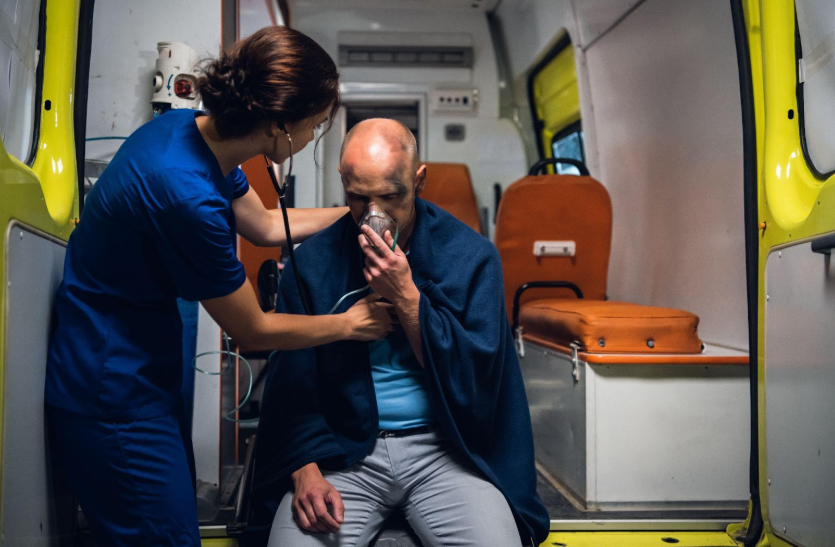Staying Active in the Heat with Safe Exercise Tips for Cancer Patients and Survivors
Staying Active in the Heat with Safe Exercise Tips for Cancer Patients and Survivors
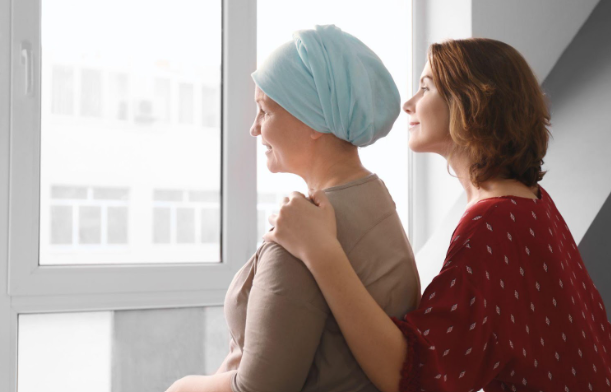
Keeping your body moving during and after cancer treatment offers profound benefits, enhancing both your physical health and mental well-being. However, exercising in hot weather requires extra care, especially when cancer or its therapies affect your body’s ability to regulate heat.
Understanding how to stay safe and comfortable while staying active in the heat will empower you to maintain your wellness journey without unnecessary risk.
Why Physical Activity Matters for You During and After Cancer Treatment
Regular exercise has been shown to help lessen cancer-related fatigue, one of the most prevalent and difficult side effects of treatment. Moving your body increases your energy levels, improves sleep quality, and improves your alertness throughout the day. It also helps you maintain muscle strength and bone density, which treatment can sometimes weaken.
Key Benefits of Staying Active for You
Physical activity strengthens your muscles and bones, lowering the risk of falls and injuries. It also supports your heart and improves blood circulation, which is especially important because some cancer treatments can affect your cardiovascular health.
Keeping active helps you maintain a healthy weight, which may reduce the chance of cancer coming back. It also lifts your mood, easing feelings of anxiety and depression. Regular movement sharpens your mind, helping you stay focused and clear.
Even if you’re undergoing chemotherapy or radiation, light to moderate activity, approved by your healthcare team, can ease side effects and improve your tolerance to treatments. For survivors, continuing regular movement boosts your quality of life and helps prevent other health problems.
How Cancer and Its Treatments Can Make You More Sensitive to Heat
Cancer treatment changes more than just your cells, as it also affects how your whole body functions, including your ability to regulate temperature. This means you might feel hotter than usual or struggle to cool down when exercising outdoors on a warm day. Some common ways your treatment can impact heat sensitivity include:
Chemotherapy Effects
Certain chemotherapy drugs impact the hypothalamus, the brain region responsible for controlling body temperature. This disruption can make it harder for your body to adjust to changes in temperature, causing you to feel hotter than usual.
Because your natural cooling mechanisms may be less effective, you might experience increased discomfort or overheating during warm weather or physical activity.
Impact of Radiation and Hormone Therapies
Radiation to areas like the chest or abdomen may damage sweat glands, impairing perspiration and cooling. Hormone therapies, especially those used for breast or prostate cancer, often trigger hot flashes and night sweats, making you feel warmer even when temperatures are moderate.
Medication Side Effects and Heat Sensitivity
Some medications commonly prescribed during cancer treatment, such as anti-nausea drugs or antihistamines, can interfere with sweating. Since sweating is a primary way your body cools down, reduced sweat production makes it more difficult to lower your body temperature. This can increase your risk of heat exhaustion or heat stroke.
Immune Suppression
Treatment-induced immune suppression weakens your body’s defenses, making it more difficult for your body to respond to environmental stresses, such as heat. Heat stress can further strain your system, increasing your risk of infections and other health complications. Taking extra precautions in hot weather helps protect your health while your immune system recovers.
Essential Strategies for Exercising in Heat
Cancer treatments can lead to fluid loss, strain your kidneys, or throw off your electrolyte balance. When you're active in hot weather, this raises your risk of dehydration.
Choosing the Right Fluids for You
Losing too much through sweat or treatment can leave your body out of sync, so it's important to stay hydrated and restore those minerals during and after exercise.
- Electrolyte Drinks: Look for sports drinks that provide a good mix of sodium, potassium, and magnesium to replace minerals lost through sweat. Select low-sugar or sugar-free options to avoid blood sugar spikes and excess calories, especially if you're managing treatment-related weight or energy concerns.
- Oral Rehydration Solutions (ORS): These scientifically formulated drinks offer an ideal balance of salts and glucose for quick absorption, making them especially useful if you're experiencing symptoms of dehydration like dizziness, fatigue, or cramping.
- Natural Alternatives: Coconut water is a hydrating choice that naturally contains potassium and some electrolytes. However, it’s low in sodium, so it works best as part of a broader hydration plan rather than your only source of electrolytes during extended physical activity.
- Plain Water: Always a foundational choice, plain water should be your go-to for regular hydration. Make a habit of sipping throughout the day, especially before, during, and after any exercise, to maintain steady fluid levels and support overall recovery.
Timing and Amount of Fluid Intake
Begin drinking water in advance to prepare your system for activity, especially in warm weather. During exercise, take small sips every 15 to 20 minutes to help regulate your body temperature and support circulation without overloading your stomach.
Once you finish your workout, continue drinking to replace fluids lost through sweat and help your body recover. Urine color is an easy way to monitor your level of hydration; a pale yellow color means you're on track, while a darker shade means you need to drink more fluids.
Personalized Hydration Plans
Work with your healthcare provider or a registered dietitian to determine the right fluid type, timing, and volume for your body. Factors like medications, kidney function, and specific treatment side effects can all influence how much and what you should drink to stay safe and energized.
Adjusting Exercise Intensity and Duration in Hot Weather
Choose moderate activities like brisk walking, slow cycling, or gentle swimming instead of high-intensity exercises. These are easier on your body and safer in the heat. Keep sessions short by breaking them into smaller chunks throughout the day. For example, take two 15-minute walks during cooler times like early morning or evening. You can also fit in brief stretching or yoga indoors.
Make sure to take regular breaks in the shade or a cool space. Use this time to drink water and let your body cool down. If you feel dizzy, lightheaded, or sick, stop right away and rest. If you’re undergoing active treatment or have cardiovascular or respiratory concerns, try gentler options like chair exercises, gentle yoga, or light stretching to maintain movement safely.
Effective Exercise Plan with Support from Your Healthcare Team
Before starting or changing your exercise routine, check in with your healthcare team. Your oncologist or primary doctor will assess your treatment history, current health, and any risks to help set safe limits. They can advise on when it's best to be active, what kinds of exercises to do, and how long and how hard to work out.
A physical therapist or exercise specialist trained in cancer care can teach you safe techniques and help you build strength at a pace that fits your condition. They can also modify exercises to work around side effects like nerve pain or swelling, and they can suggest indoor options to keep you moving safely.
We, at
LA Cancer Network, provide expert resources designed for cancer patients and survivors who want to stay strong without added risk.
Schedule your consultation today, and let us help you build an exercise plan that respects your limits and empowers your progress.
